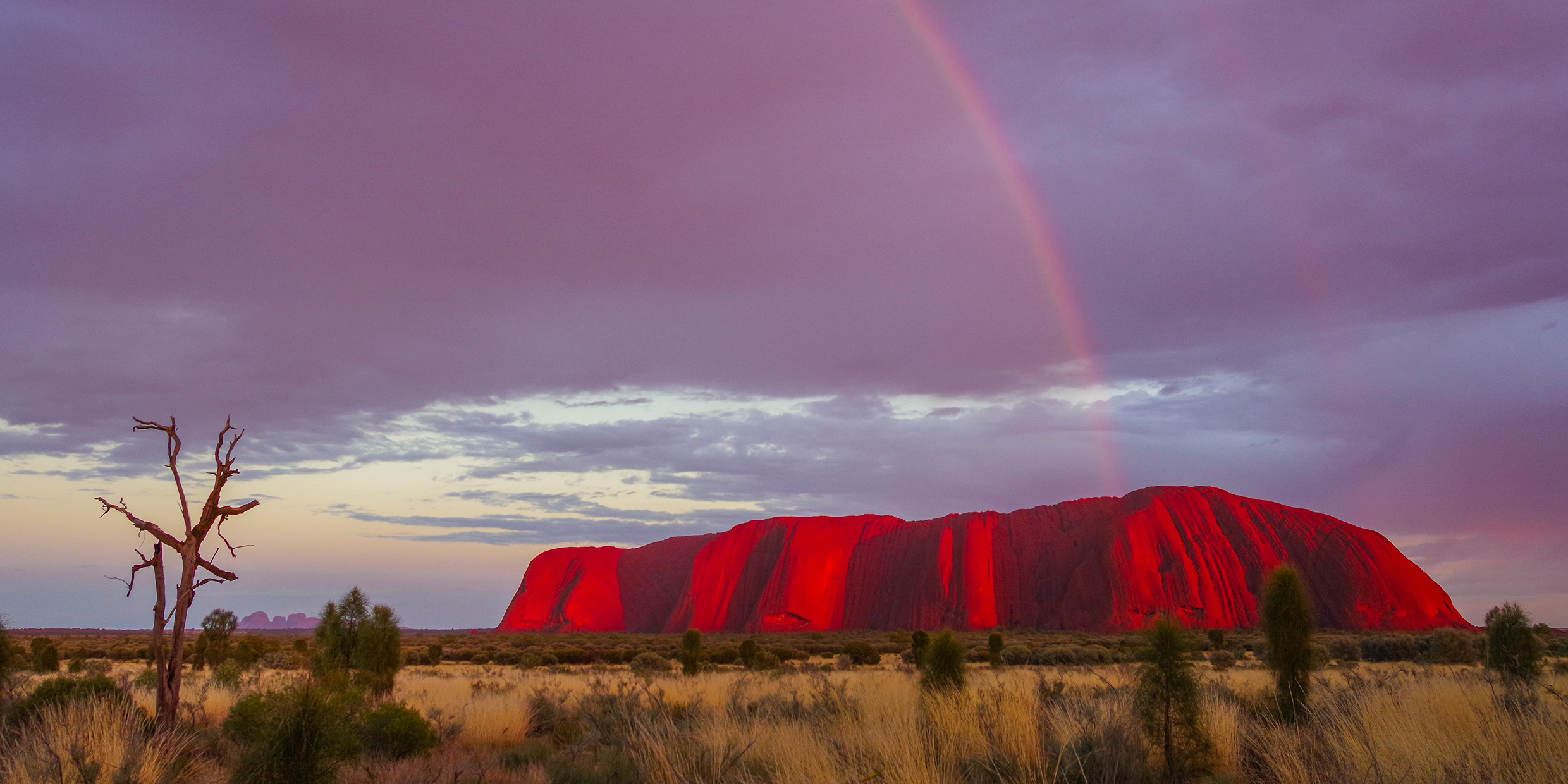Originally published 12 May 1986
I recently returned from Australia, where I went to view Halley’s Comet. Every night we watched the comet move among the brilliant stars of the Southern Milky Way. We also experienced a wealth of terrestrial natural history.
One evening as we ate dinner in the garden terrace of our hotel in Cairns, Queensland, we were surprised by what appeared to be a large rat nibbling crumbs from the ground between the tables. And we were puzzled that other diners seemed amused, rather than horrified.
It turned out that our “rat” was a bandicoot, a marsupial native of Australia and a distant cousin of the opossum, the only marsupial of North America. Marsupials are mammals with an abdominal pouch for carrying their young, which are comparatively undeveloped, even embryonic in appearance at birth. By contrast, the young of placental mammals grow and develop within the mother’s body, nurtured by an organ known as the placenta. Marsupials are generally considered to be less advanced than placental mammals.
The bandicoot has the possum’s long nose and ratlike tail, but not the possum’s scruffy appearance and ill-tempered disposition. The bandicoot — like the koala, the kinkajou, and the kangaroo — is another of those “adorable” marsupials for which Australia is famous.
The kinship of the bandicoot and the possum has a circuitous history. Two hundred million years ago all of the present continents were joined in a single landmass called Pangaea. At about the time of the first appearance of mammals, Pangaea separated into smaller continents that began to drift apart. On the northern continents, placental mammals prevailed. In South America and Australia, marsupials were dominant.
Possum fought its way north
Eventually, the drift of continents caused South America to be joined to North America at Panama. South American marsupials did not fare well in competition with placental invaders from the north, and many became extinct. The possum survived and migrated northward. It had to fight every inch of the way.
Meanwhile, the continent of Australia, with its population of marsupials, drifted along in splendid isolation.
I like to imagine that it was necessary for the possum to get mean and tough to survive among placental neighbors. It is the scruffy outsider of North America. On the other hand, a fortuitous drift of continents awarded the bandicoot — and the koala, the kinkajou, and the kangaroo — the protection and the privilege of being merely “adorable.”
Aborigine legend of creation
We did not stay long in Cairns. Our principal viewing site for the comet was near Ayers Rock in Central Australia. Ayers Rock is a monolithic mountain of red sandstone that rises majestically and magically from a flat plain. With koalas and kangaroos, it is one of the great tourist attractions of Australia.
The Pitjantjatjara Aborigines who live near Ayers Rock place its origin in what they call the Dreamtime, before humans were created. The Pitjantjatjara believe that their animal ancestors created the world by crossing and recrossing a featureless desert. Where the animals stopped or rested, rivers, waterholes, or forests came into existence. Several paths crossed at Ayers Rock, and the result was that mountain of red stone.
The geological story of Ayers Rock also refers to a kind of “Dreamtime,” a time before the assembly of Pangaea, when what is now Central Australia was near the shore of a still more ancient continent. A river flowing from that continent built up a great bar of sand at the river’s mouth. The sand became stone, and in a subsequent collision of continents, the stone was lifted and tilted almost vertically.
Geologically, Ayers Rock is an inselberg (literally “island mountain”), a steep-sided mountain that rises abruptly from a plain. Most inselbergs of the world are masses of granite that have been exposed by erosion of less-resistant overlying formations. Ayers Rock is unique in that it is sedimentary rock and not particularly resistant to erosion. How it survived the wasting that leveled the surrounding plain is something of a mystery. Geologists talk about a local metamorphosis of the rock and the absence of fissures that would quicken erosion, but no one really knows why Ayers Rock is still there.
Eventually, the geological mystery will probably be solved. For the time being we can conclude with the Pitjantjatjara that Ayers Rock endures for no other reason than to remind us of the Dreamtime, when the continents were different than they are today, and human tourists and bandicoots were still distant items on the agenda of Creation.



